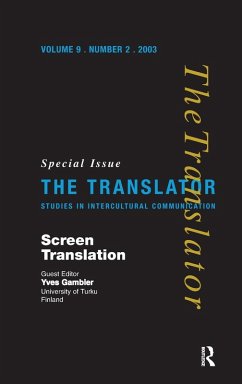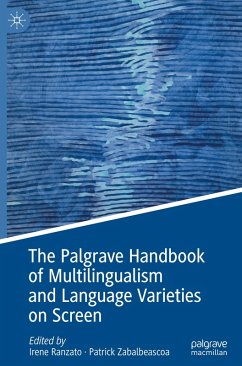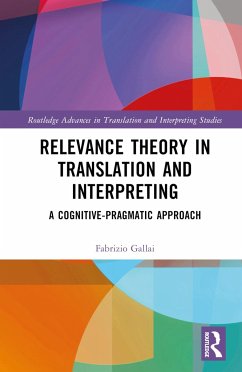
Relevance and Text-on-Screen in Audiovisual Translation
The Pragmatics of Creative Subtitling
Versandkostenfrei!
Versandfertig in 1-2 Wochen
184,99 €
inkl. MwSt.
Weitere Ausgaben:

PAYBACK Punkte
92 °P sammeln!
This book examines audiovisual translation practices that fall outside conventional AVT norms, drawing on work from Relevance Theory to highlight alternative perspectives and make the case for a multidisciplinary approach to AVT.














